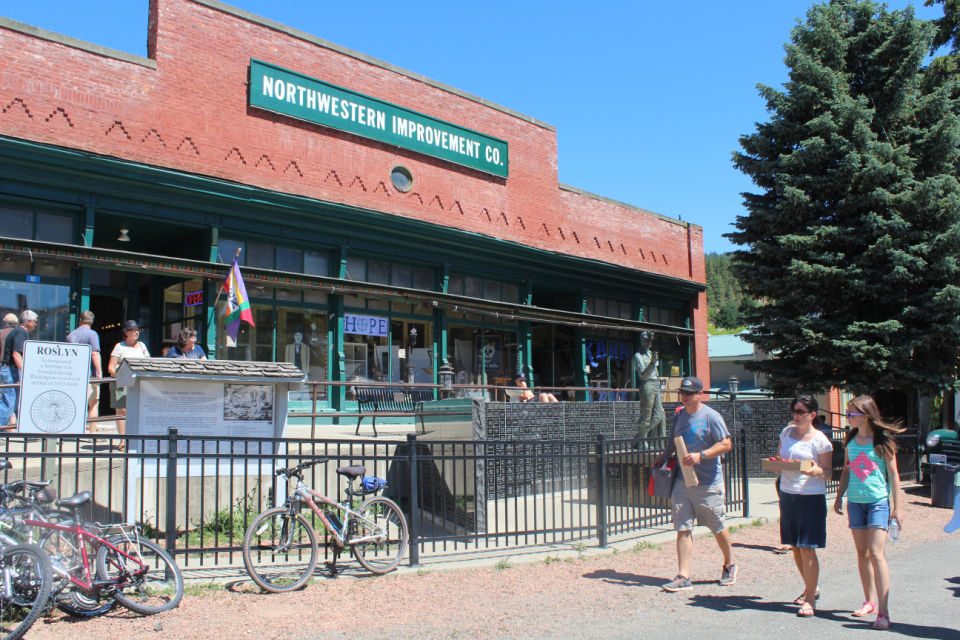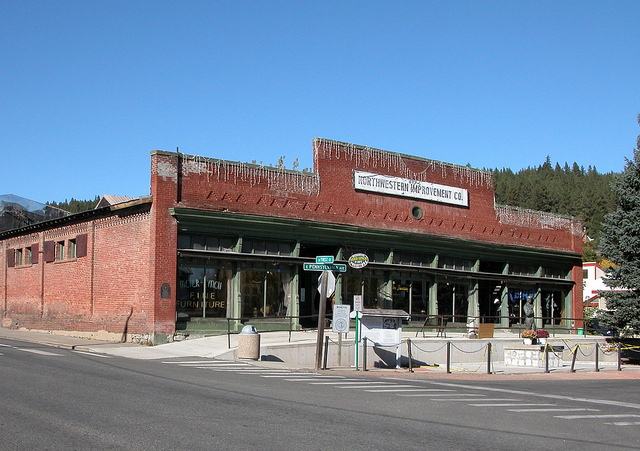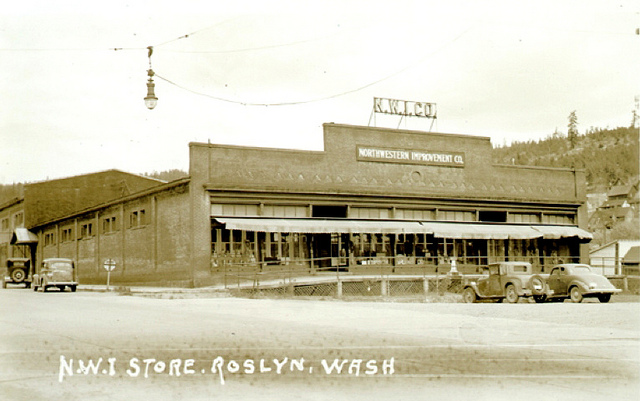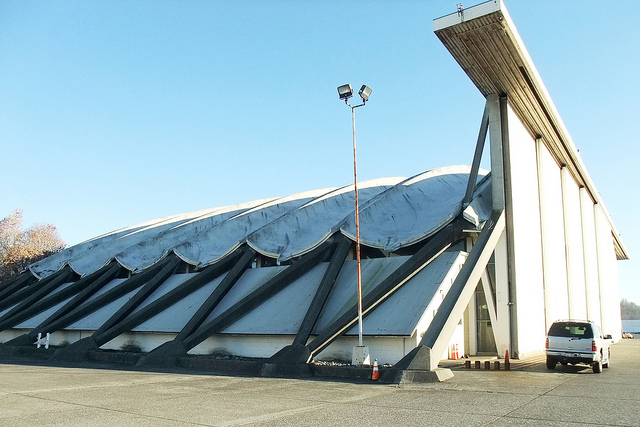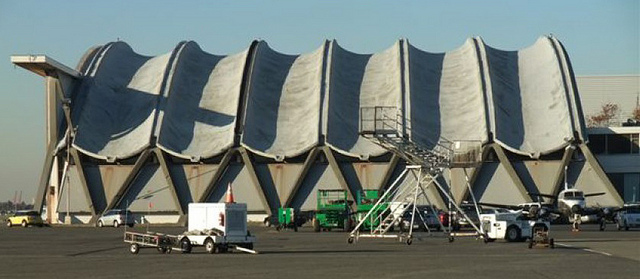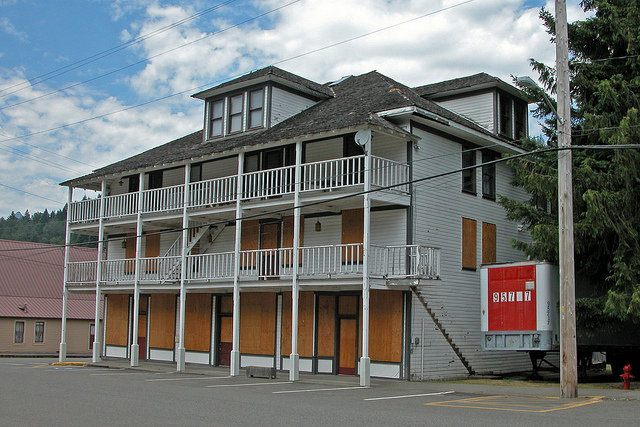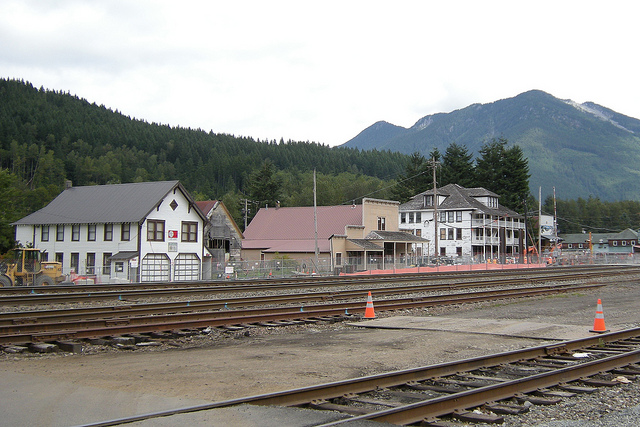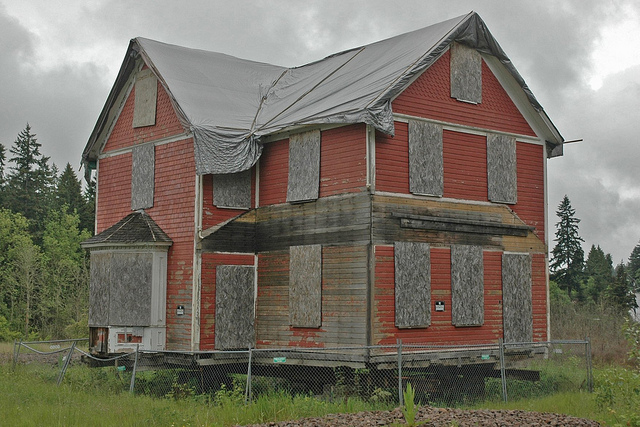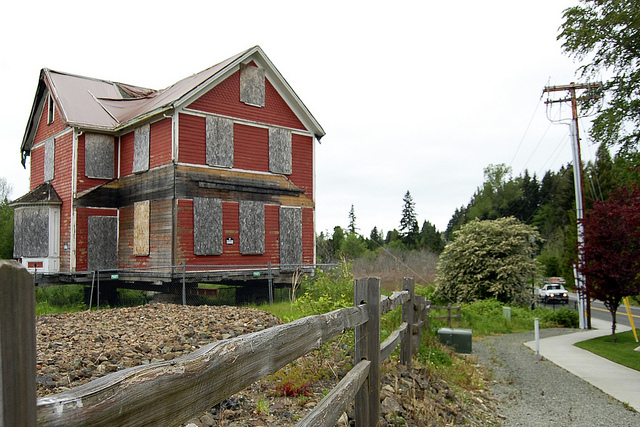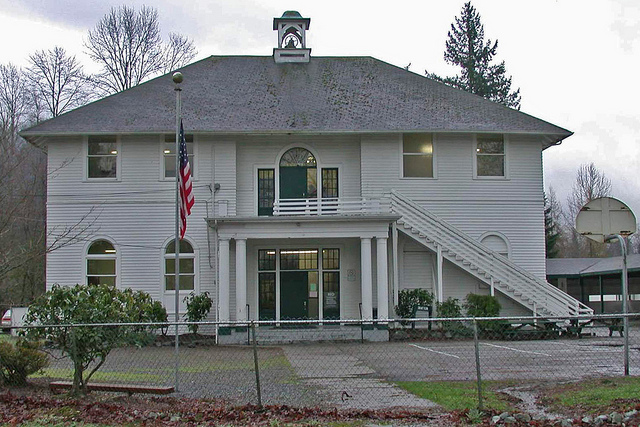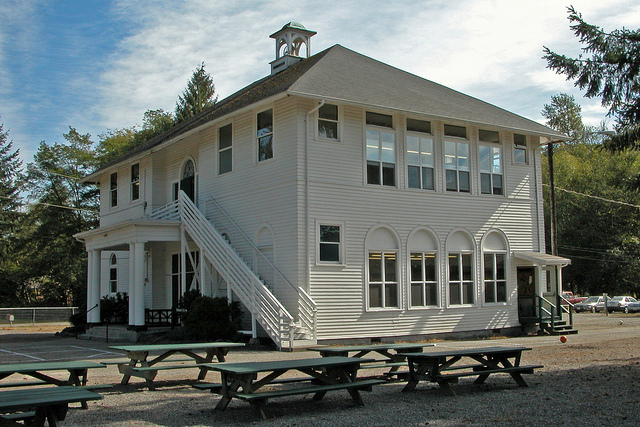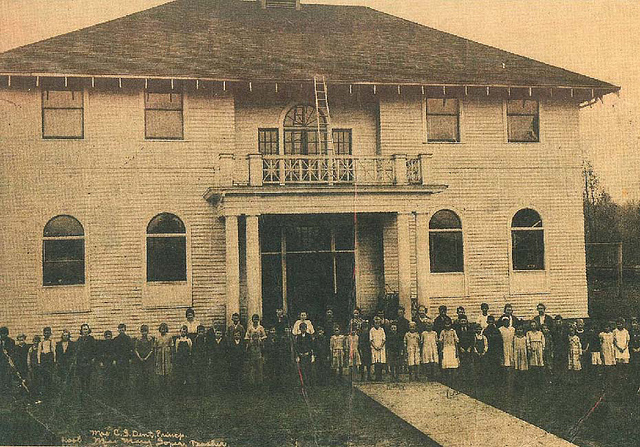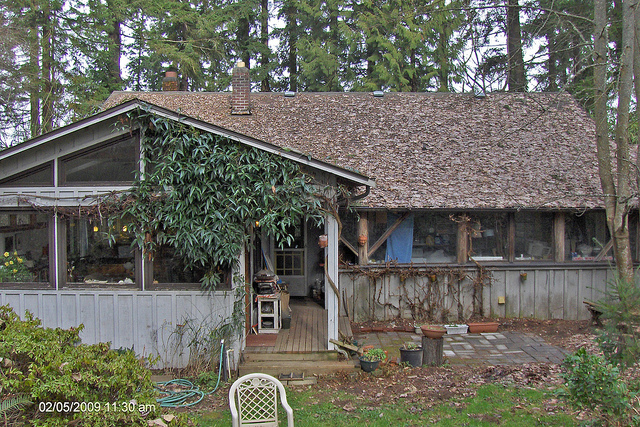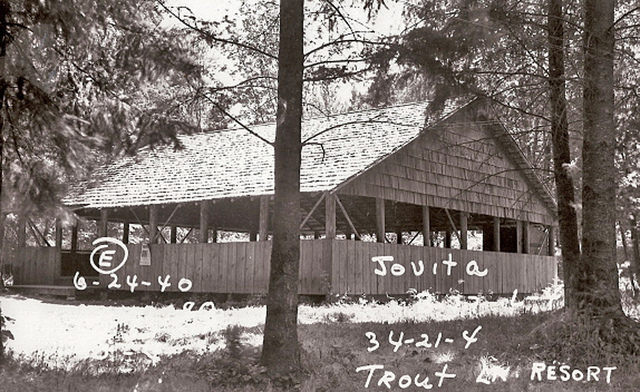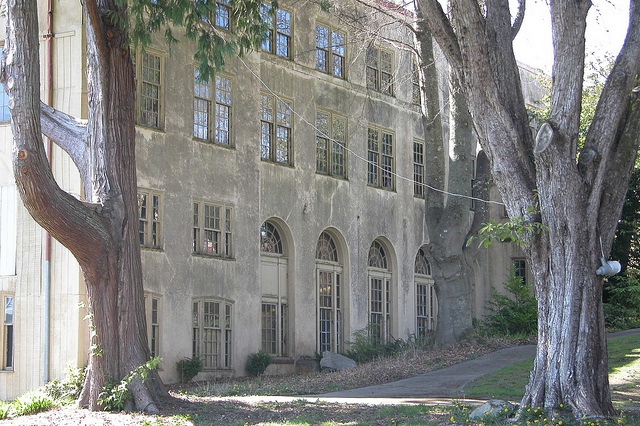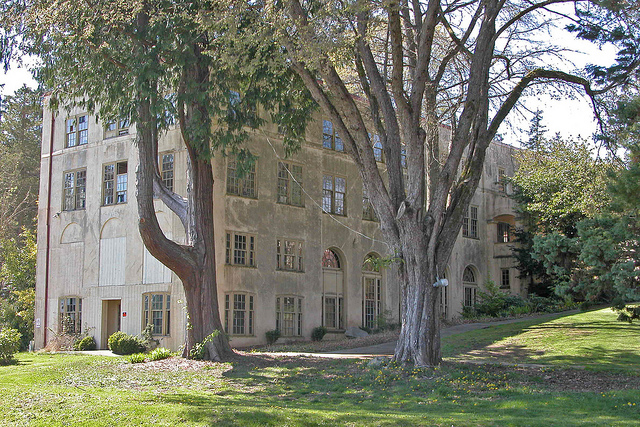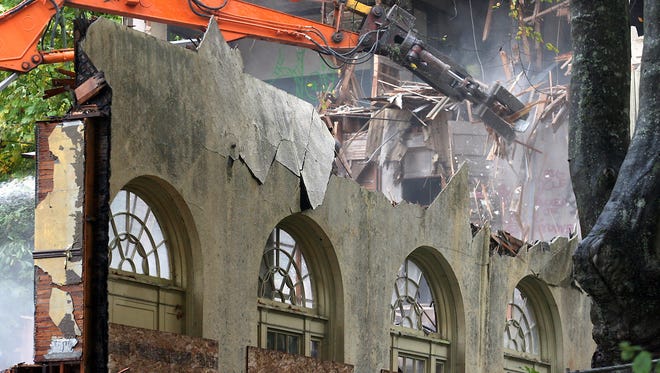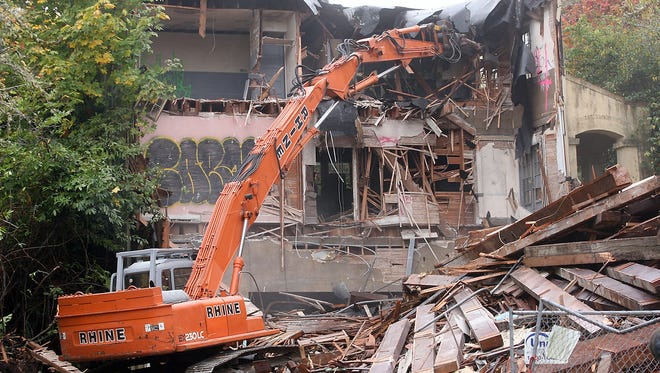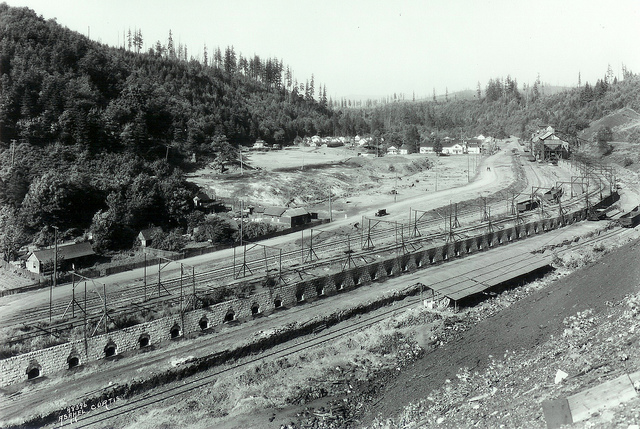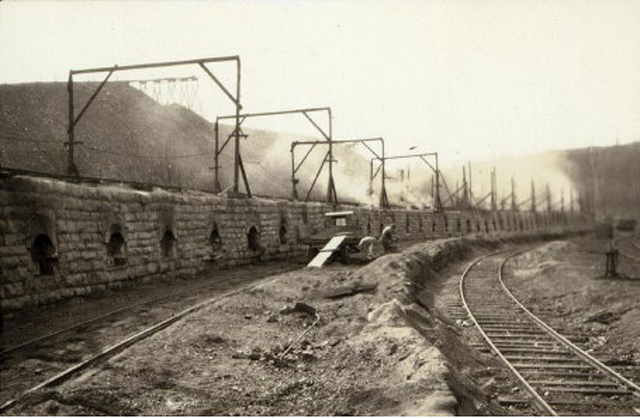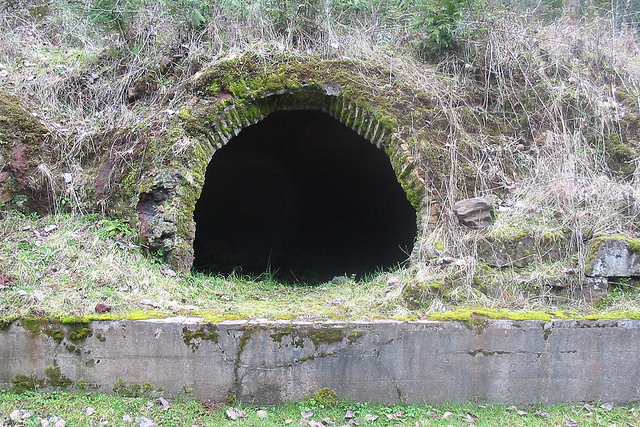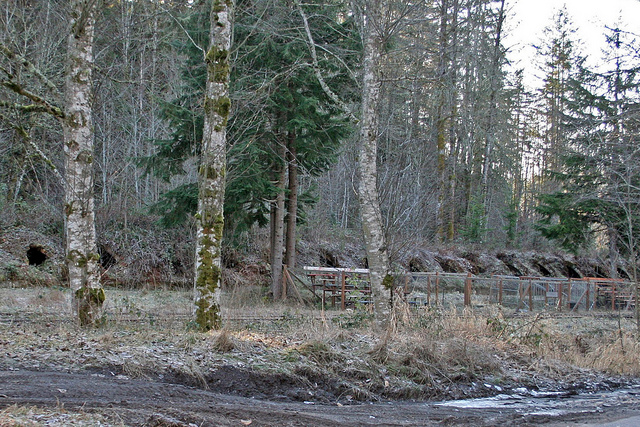Roslyn National Historic District
Status: Saved!
Year Listed: 2010
Location: Roslyn, Kittitas County
The City of Roslyn is a National, State and Local Historic District consisting of approximately 900 property lots and 600 residential, commercial and community structures. Many structures suffered from deferred maintenance and neglect, in some cases resulting in demolition, and new construction was often incompatible with the historic character of the town. Furthermore, the Historic District was endangered by the continuing loss of forest lands on the town’s perimeter.
The Northwest Improvement Company (NWIC) Building is the largest, most visible and historically significant commercial structure in the city and the last remaining structure associated with the Roslyn Coal Field. The company store, built in 1889, supplied most of the food, clothing, furniture and hardware needs of the coal miners and their families as well as the explosives used in the mining operations. After the last of the working mines closed in 1963, Roslyn’s population declined and the NWIC building became vacant and eventually faced demolition.
The Washington Trust included Roslyn’s National Historic District as Most Endangered Place in 2010 when the Roslyn Downtown Association (RDA), a nonprofit Washington Main Street Community organization initiated an ambitious plan to revitalize Roslyn. Transformation of the NWIC Building was the cornerstone of the Roslyn Downtown Association’s plan, and working with students and faculty from the University of Washington’s Storefront Studio, the RDA conducted community visioning workshops to identify potential projects.
The RDA acquired the building in 2013 and completed the first phase of the renovation – ADA and life-safety improvements, interior renovation and repairs – the following year. Today the building is home to a visitor’s center, several locally-owned shops, galleries, and a micro-distillery. Recently completed masonry repairs, structural reinforcement, new electrical and mechanical systems and building insulation will help preserve Roslyn’s past to secure its future.
Read more from our “40 for 40” featured story from the Washington Trust’s 40th anniversary in 2016.

